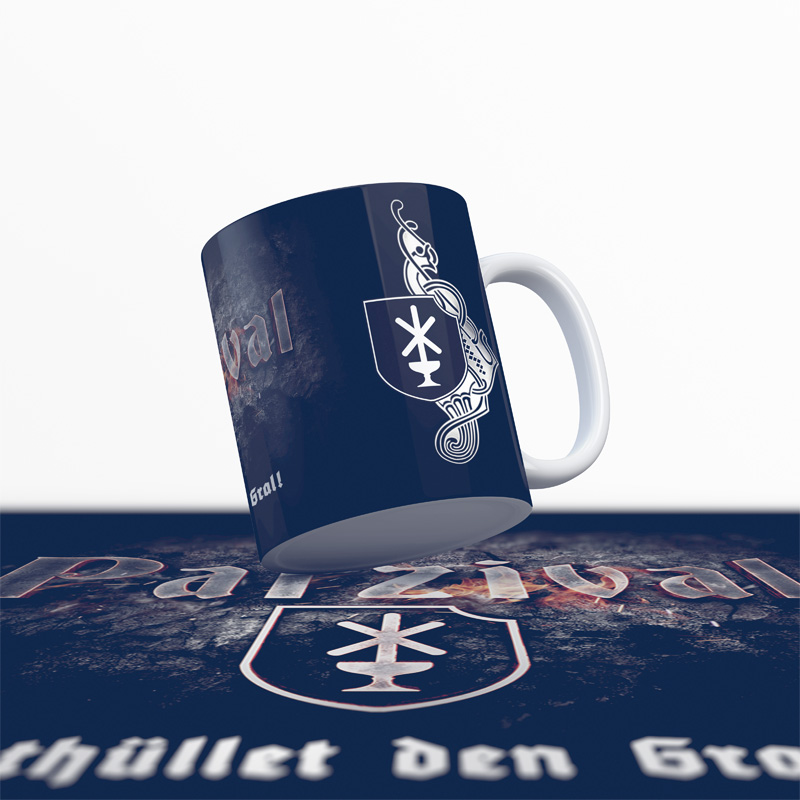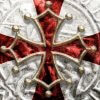The Grail legends are steeped in mystical traditions and embody a quest for ultimate spiritual knowledge, themes deeply interwoven with the Maier Files narrative. In the twelfth century, European culture underwent a profound transformation, influenced by mystical orders like the Cathars and the Templars. This era introduced chivalric ideals and Grail legends that tapped into esoteric traditions. While these legends display a Christian exterior, much modern scholarship reveals that their origins lie in ancient pagan myths and Celtic fertility rites—symbols of life cycles of death and rebirth.
The Evolution of Arthurian Legends and Chivalry
European fame for King Arthur rose dramatically through Geoffrey of Monmouth’s Historia Regum Britanniae in the twelfth century, a story that inspired numerous romances across generations. Over time, courtly ideals began to blend with mysticism and symbolism derived from Cathar beliefs and troubadour poetry. This mixture produced the tradition of courtly love, or Amour Courtoise, which emerged within Cathar culture and embodied a mystical reverence for noble ladies. Significantly, this literary tradition reshaped the Grail stories, infusing them with Kabbalistic allegory, as chivalrous knights embarked on mystical journeys toward divine union through trials of the soul.
In the quest for the Grail, the knight does not seek an object, but a cosmic truth that transcends both life and death.
Wolfram von Eschenbach’s Vision of Parzival
Wolfram von Eschenbach’s Parzival, written around 1200 AD, departs markedly from Chrétien de Troyes’ earlier Grail narrative, introducing a Grail of profound mystical significance rather than a conventional Christian relic. Eschenbach claimed to draw from privileged sources, depicting the Grail as a “stone of the purest kind”—a powerful object resonant with the transformative properties sought in alchemical traditions, much like the philosopher’s stone. In his vision, the Grail transcends its typical portrayal as a cup, instead embodying a sacred stone, perhaps even a cube, a form often linked to stability and concealed wisdom in sacred geometry. This unique symbol, rooted in both material and spiritual realms, is guarded by Wolfram’s Grail knights, or Templeisen, reminiscent of the Templars, with their Grail castle, Munsalvaesche, echoing the Cathar stronghold of Montségur. In Wolfram’s narrative, the Grail takes on an enigmatic energy that aligns with the mysteries embedded in The Maier Files, inviting those attuned to its symbolism to look beyond appearances and discover the transcendental knowledge it holds.
Flegetanis, the Stars, and Hidden Mysteries
A mysterious figure named Flegetanis, purportedly of Pagan or Jewish lineage, claimed to have seen the Grail’s name written in the stars. This celestial connection suggests an esoteric framework blending Kabbalistic mysticism with astrology. Flegetanis’ vision of the Grail as an astral phenomenon portrays the Grail quest as more than an earthly adventure; it becomes a cosmic search for hidden truths encoded within the universe’s design.
To touch the Grail is to undergo a transformation, as stone turns to spirit, and the seeker becomes the sought.
Kabbalah and the Symbolism of Tiferet
Further, the Kabbalistic grade of Tiferet—a core stage in mystical initiation—mirrors the Grail quest’s theme of inner rebirth. At this stage, the seeker transcends material form to experience divine union, passing through symbolic trials of death and renewal. Reflecting this mysticism, the Grail promises its knights union with a divine essence and liberation from the fear of death. Parzival’s journey, marked by this symbolic rebirth, vividly portrays the ascent toward the formless divine.
The Emerald of Lucifer: Alchemical and Cosmic Symbolism
In Wolfram’s narrative, the Grail as an emerald fallen from Lucifer’s crown further enriches the tale with an alchemical motif. Linking the Grail to the planet Venus, symbolized by Lucifer, underscores the Grail as a source of hidden knowledge—both mysterious and illuminating. Just as alchemists pursued the philosopher’s stone for spiritual awakening, Wolfram’s knights seek the Grail for inner transformation and divine enlightenment.
Joseph of Arimathea and the Grail Lineage
The Grail’s association with Joseph of Arimathea introduces a sacred lineage intertwined with European nobility and, according to some, the bloodline of Jesus. While such claims are speculative, the symbolism of the Grail as a vessel for divine blood aligns with ancient mystery traditions. Within Maier Files lore, these legends allude to hidden forces shaping Europe’s spiritual heritage, pointing to the elusive quest for truth pursued by Otto Maier and others.
Celtic Mysticism and the Druids
Finally, Celtic culture, with its reverence for reincarnation, astrology, and sacred nature rites, forms a rich backdrop for Grail legends. Druidic teachings were not lost but instead permeated early Celtic Christianity, resulting in a unique blend of pagan and Christian beliefs. Figures like Merlin, often depicted as a Druid, personify this mystical heritage that informs the Grail quests. The Celtic reverence for stars and the cycle of life and death harmonizes with the Grail’s promise of rebirth and spiritual transcendence.




